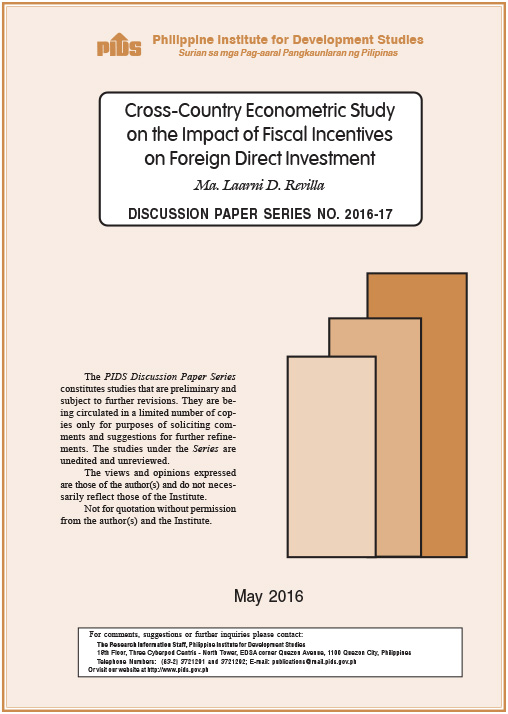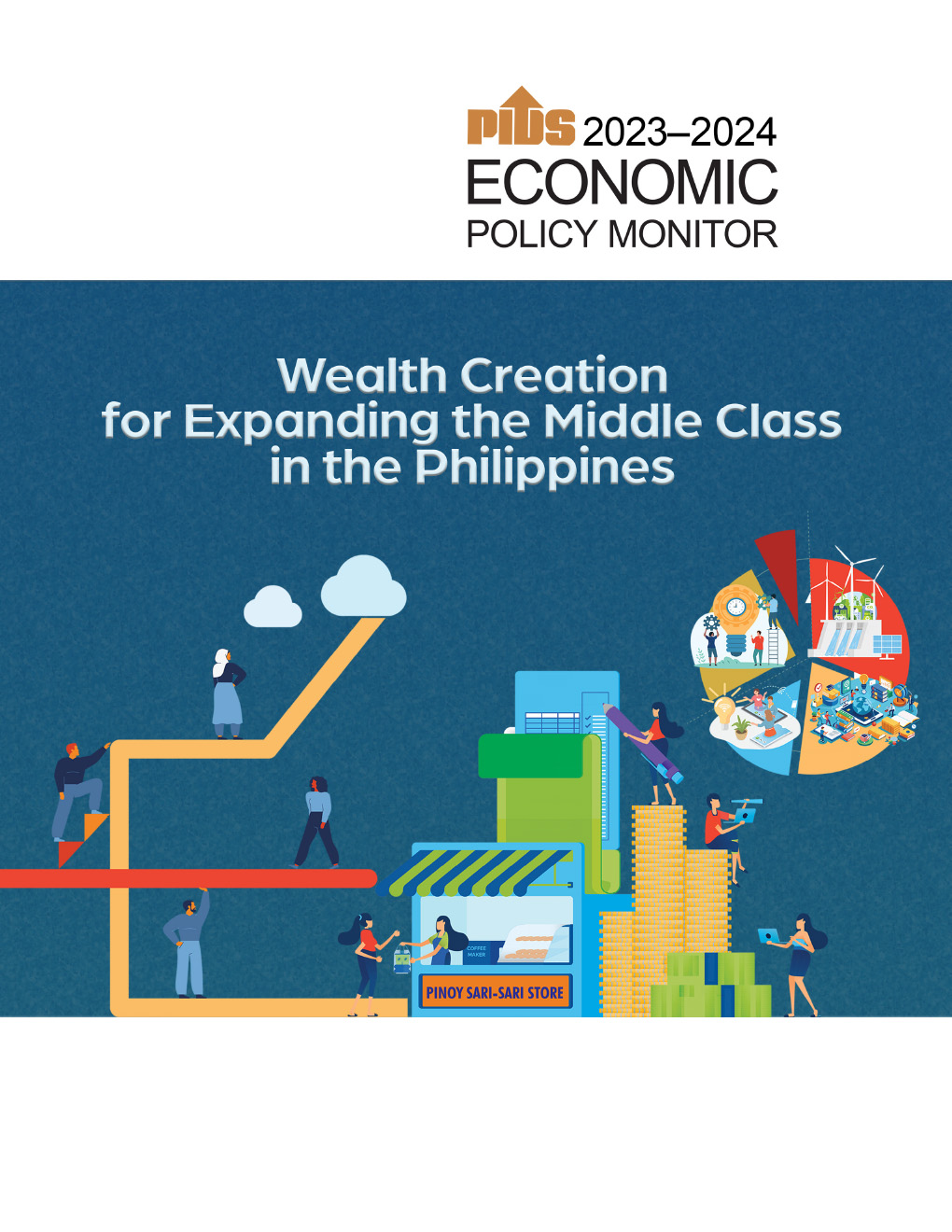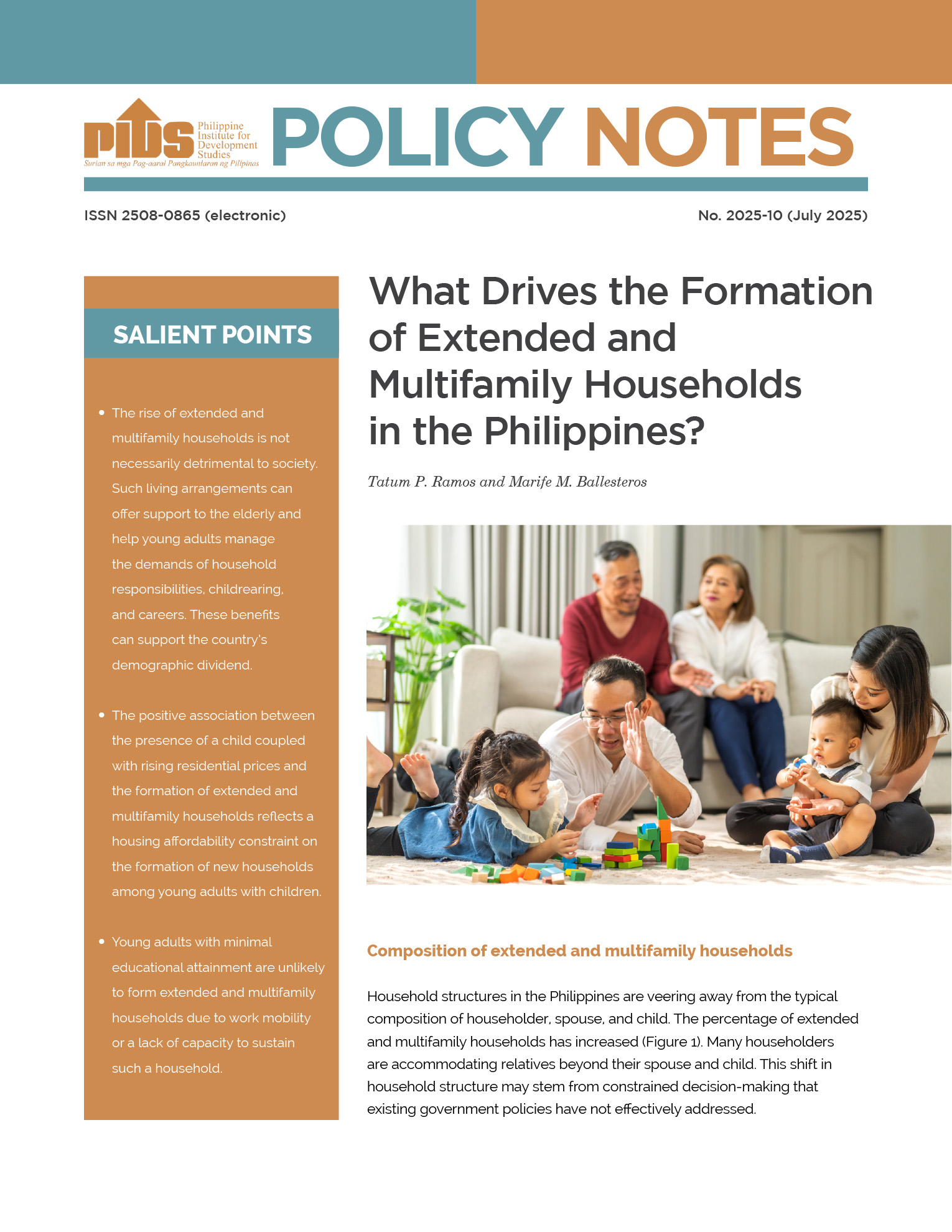The increasing level of competition for foreign direct investment (FDI) in the 1990s triggered many countries to offer various fiscal incentives. Specifically, many Asian countries persistently keep their tax rates competitive. To empirically investigate the relationship between the two variables, this paper examines the impact of fiscal incentives on FDI using panel data from 1996 to 2012 for five ASEAN countries. The analysis utilized five-panel data regression models, of which two are fixed-effects models and the remaining three are random-effects models. The results show that tax rate is negatively related to FDI. Another finding reveals the importance of infrastructure in increasing FDI. However, there is no significant link between governance indicators and FDI. To prevent a "race-to-the-bottom" effect on tax rates, the study recommends closer coordination between ASEAN countries in determining the optimal size and scope of these tax rates and other investment incentives. Additionally, focus on other country-specific factors affecting FDI flows, such as infrastructure, income, and population, is encouraged.
Citations
This publication has been cited 2 times
- Sokolovskyi, Dmytro. 2020. Is Race to the bottom is modeled as Prisoner's dilemma?. MPRA Paper 99404. University Library of Munich, Germany.
- Sokolovskyi, Dmytro. 2021. Is tax competition necessarily a race to the bottom? Optimal tax rate trajectories in the model of tax competition for different objective functions. MPRA Paper 109284. University Library of Munich, Germany.













